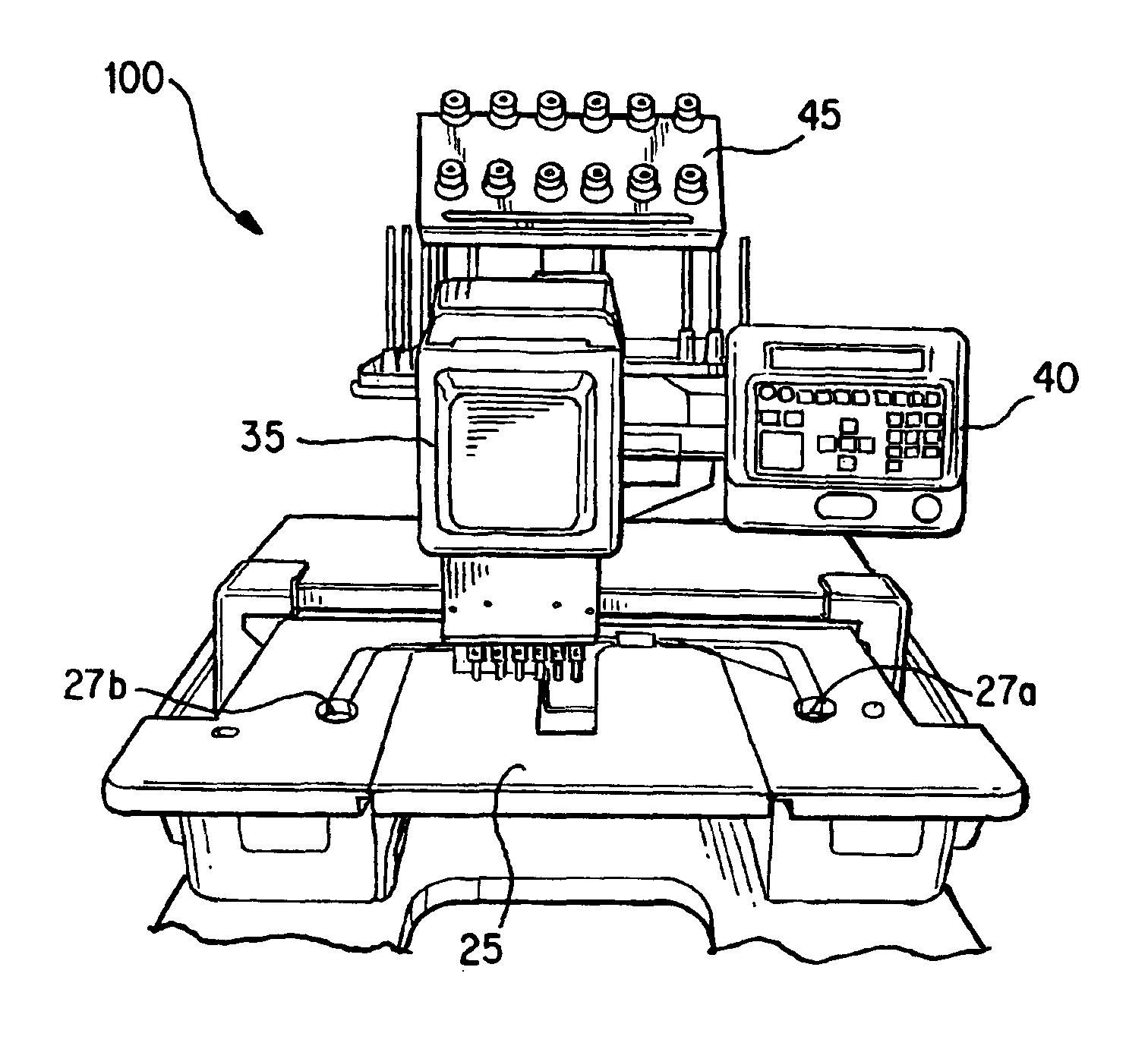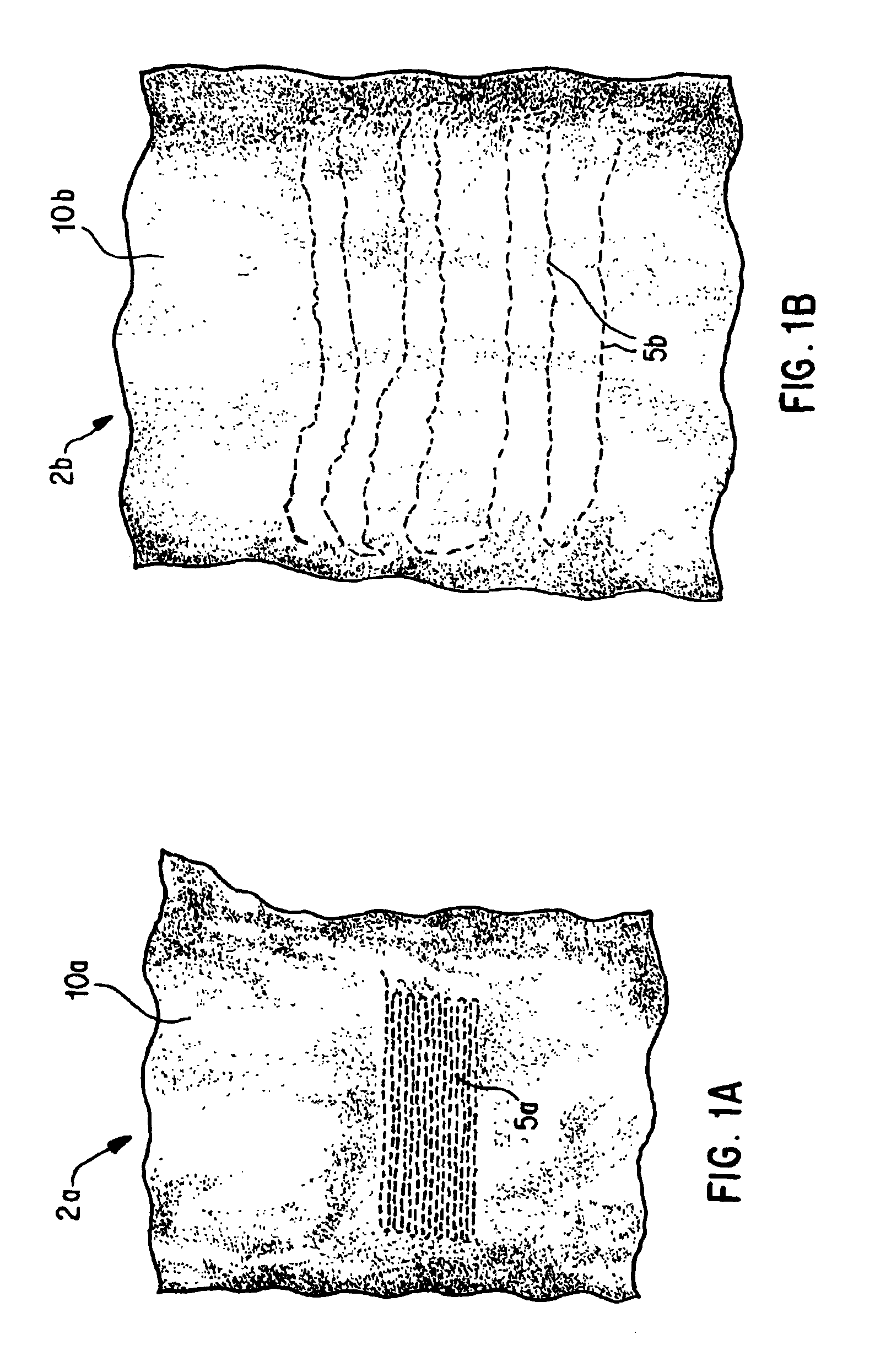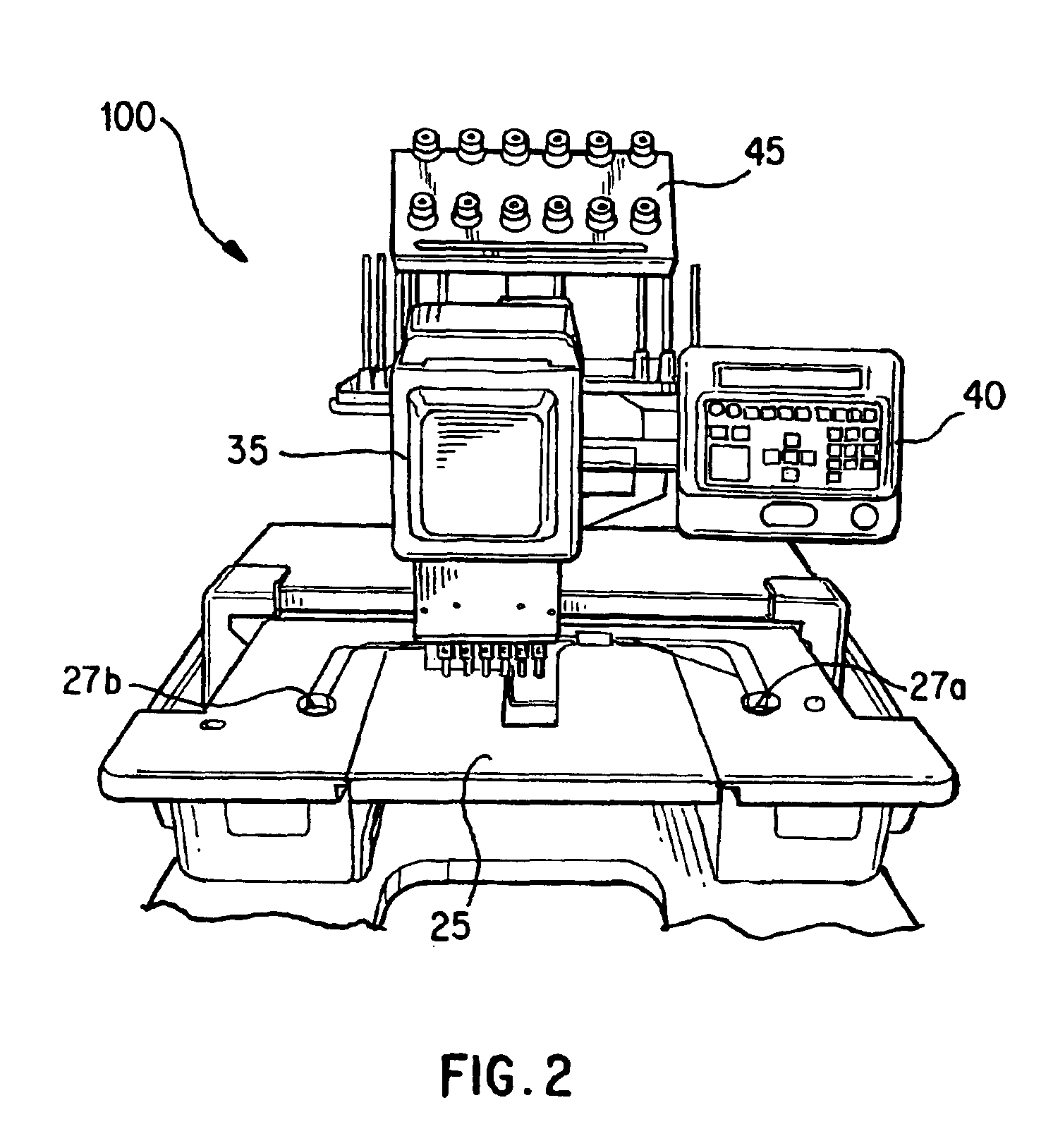Method and apparatus for splicing indeterminate length fiber tow ends
a technology of indeterminate length and splicing ends, which is applied in the direction of lap forming devices, fiber mixing, transportation and packaging, etc., can solve the problems of requiring significant downtime, and increasing so as to achieve high occurrence of inferior-quality fiber and reduce the number of downtime. , the effect of large overlap area
- Summary
- Abstract
- Description
- Claims
- Application Information
AI Technical Summary
Benefits of technology
Problems solved by technology
Method used
Image
Examples
Embodiment Construction
[0025]For convenience, the present invention will be described below with reference to processing synthetic fiber tow, such as polyester, nylon-6, nylon-6,6, polypropylene, acrylic fibers, or blends thereof. It should be understood that the present invention is not limited to processing synthetic fibers, or any particular type of fibers. The methods and devices of the present invention can be used for joining any type of loose fibers, including both natural and synthetic fibers.
[0026]The thread used for splicing the tow ends can be selected in accordance with such factors as strength and compatibility with the type of fiber present in the tow being spliced. Generally, it is preferred to use the same type of fiber for the thread as is present in the tow being spliced, although the invention is not limited to any particular type of thread or material for forming the splice.
[0027]With reference to FIG. 2, a commercially available embroidery machine 100 can be modified to splice fiber t...
PUM
| Property | Measurement | Unit |
|---|---|---|
| depth | aaaaa | aaaaa |
| forces | aaaaa | aaaaa |
| depth | aaaaa | aaaaa |
Abstract
Description
Claims
Application Information
 Login to View More
Login to View More - R&D
- Intellectual Property
- Life Sciences
- Materials
- Tech Scout
- Unparalleled Data Quality
- Higher Quality Content
- 60% Fewer Hallucinations
Browse by: Latest US Patents, China's latest patents, Technical Efficacy Thesaurus, Application Domain, Technology Topic, Popular Technical Reports.
© 2025 PatSnap. All rights reserved.Legal|Privacy policy|Modern Slavery Act Transparency Statement|Sitemap|About US| Contact US: help@patsnap.com



